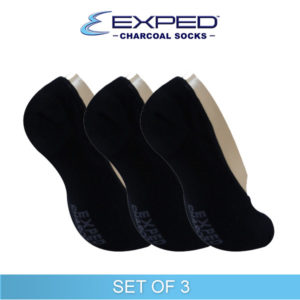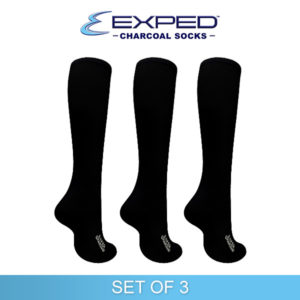Socks and Stockings: Feat for the Feet
Socks may probably be the oldest piece of clothing. It’s been around since God-knows-when and it never goes out of style. Yet, they’re underrated and seem to be under appreciated. It’s about time we put this timeless piece of clothing under the limelight and take a stroll down memory lane to its origins and history. Now, shall we?
The origins of socks may be traced from the Stone Age, circa 5000 BC. Although there aren’t any archeological finds of “socks” from that time, cave paintings suggest that cavemen made rudimentary socks from animal skins and pelts tied around the ankle. Centuries later— in the 8th century, piloi, a type of sock made from matted animal hair, was first mentioned in a poem written by the Greek poet Hesiod.
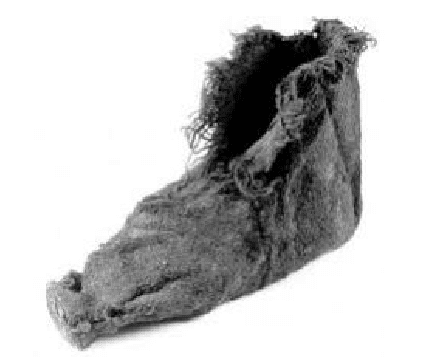
A child’s woollen sock dating back to the 2nd century AD found at Vindolanda


A child’s woollen sock dating back to the 2nd century AD found at Vindolanda
If the Greeks have piloi, of course the Romans would not be left behind. Initially, the Romans wrapped their feet in strips of leather or woven fabric. Come 2nd century AD, they started sewing the pieces of fabric together to make fitted socks, which they called udones — these resemble the modern-day socks and with this, we can deduce that the Romans were the ones who created the first socks (at least the ones that resemble what we have today). Not only did the Romans be the first to make socks, they also were the first to wear socks with sandals. Roman legionnaires are fond of wearing socks with sandals because they kept their feet warm during battle and cold nights of the war. Just like the Romans, Egyptians seem to also have a liking of wearing socks with sandals.
They made their first knit socks, with a technique called naalbinding, from red wool and have split toes, designed to be worn with sandals. If the Romans and Egyptians were about wearability, it was a different case for Europe. In 1000 AD, knit and woven socks had become a symbol of wealth and nobility. Stockings also made history during this time. Back in the day, men wore stockings with garters or bands that were placed on top to hold and prevent socks from falling.
“ In 1000 AD, knit and woven socks
had become a symbol of wealth and nobility. “
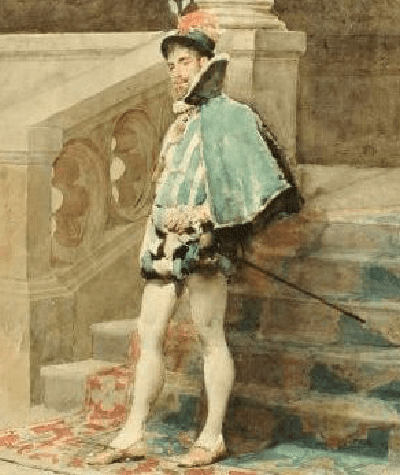

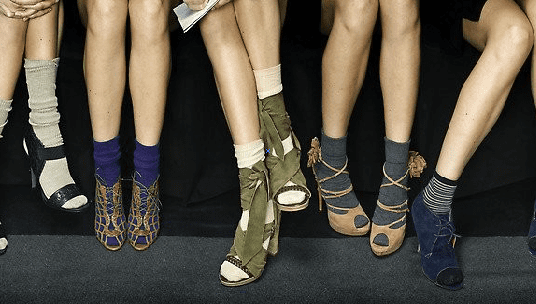

In the succeeding centuries, breakthroughs in sock-making were reached. The invention of the knitting loom and circular knitting frames allowed the quick and more affordable production of refined socks. As the production process advanced, socks eventually became mass-market goods. Fast forward to the 20th century, today, we have various types of socks available— long, short, colorful, garterless, odorless; socks with a separate compartment for each toe, running socks, biking socks, hiking socks, dress socks, and casual socks. Whatever the occasion and the need may be, there is a specific sock for it. separate compartment for each toe, running socks, biking socks, hiking socks, dress socks, and casual socks. Whatever the occasion and the need may be, there is a specific sock for it.












From animal skin to animal hair to leather, to cotton and nylon (and a lot more), socks have truly improved with time. The innovation behind socks manufacturing has come a long way, as you may notice in every pair of Darlington and Exped Socks. Now that we know the history of socks, hopefully we’ll appreciate this piece more and we’ll realize they are a feat for our feet that should be celebrated.
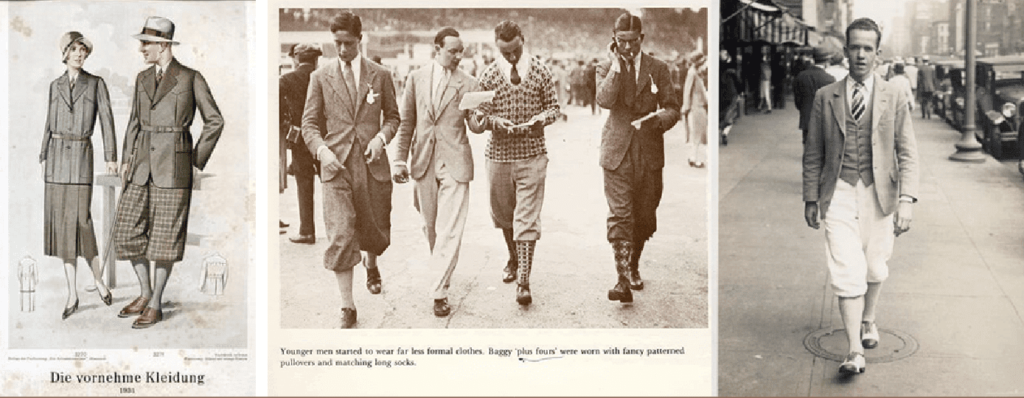

Sock fashion at the beginning of the 20th century

